The Cornell Lab Bird Academy › Discussion Groups › Joy of Birdwatching › Activities: Bird ID Practice
-
Activity 4 - Black, crow size is distinctive, foraging on the ground and roosting in trees, very distinctive vocalizations. One of my favorite birds is the American Crow. We walk daily and have a cadre of birds that join us. I always have mixed nuts and peanuts for them and they recognize us immediately. Over time they have become very brave and vocal, not aggressive but like us to know they are there. I choose to believe they are saying thanks for the goodies. Corvids or very smart. When I gesture that I am out of nuts. They seem to know and go about their business.
-
During the past Project Feeder Watch season, I realized that I was able to distinguish the Mourning Dove even at a distance before I could get my binoculars for a positive ID. I knew when I saw that long pointed tail and that small head and slender neck, that I was looking at a Mourning Dove. During the same time period, I also learned that I could easily tell when I saw a nut hatch (either red or white breasted). They have a distinctive “pointed” sort of shape and of course can go up and down (head first) on a tree!
-
Activity #4: I love pigeons and since I live in Chicago, I get to see a lot of them. I find them beuatiful and resilient, even though many people in the city do not care for them and the mess they can leave behind. Size & Shape: Smaller than a crow. Plump with short legs. Color Pattern & Markings: The pigeons I currently see are light grey in color with black wing bars. My favorite feature is the iridescent green neck. Behavior: They peck around on the streets and parking lots foraging for food, mostly leftover from people. They roost on top of buildings and wires. Habitat: Across the globe, even in urban areas. Cliffs and caves naturally. Common in cities and farmlands. Range: The rock pigeon is found from southern Canada and Alaska south through the United States, Mexico, and Central America. The rock pigeon is native to Europe, North Africa, and southwestern Asia. Sounds: Prolonged cooing.
-
I’ve had family members contacting me lately to help them identify birds out at their cabin. With what I have learned so far, I have been able to successfully identify the Rose-Breasted Grosbeak, Purple Finch and the Baltimore Oriole. Such fun being able to help and use my new knowledge!
-
Activity 1: I tried to go for birds that aren't completely obvious like a Northern Cardinal or Canadian Goose. I've noticed I can tell the Common Grackle https://www.allaboutbirds.org/guide/Common_Grackle/overview , the European Starling https://www.allaboutbirds.org/guide/European_Starling/overview , and the Brown-headed Cowbird https://www.allaboutbirds.org/guide/Brown-headed_Cowbird/overview apart just by their shape. This is a recent discovery I made while driving through an area that has all three of these birds. I was able to identify them rapidly and (mostly) pay attention to driving. Activity 2: Coincidentally, all three of the birds above have similar colors and work for activity 2. All three are blackbirds with iridescent glossy effects on their feathers. The brown-headed cowbird lacks these colors and effects on its brown head and its iridescence is more subdued than the other two birds. The Common Grackle seems to have large regions of color/iridescence while the European Starling's colors are more mixed and nearly seem to be displayed feather by feather. Activity 3: Today three of the birds I saw obviously looking for food were the Blue Jay, the Green Heron, and the Blue-gray Gnatcatcher. The Blue Jay was going back and forth from low tree branches to the grass near a trail. Whatever it was finding, a bug I assume, it would pick up, tilt its head back, and quickly gobble down the snack. The Green Heron was quietly and slowly searching through the tall reeds lining a shallow pond. I didn't observe him make any catches. Finally, I saw what I believe to be a female or immature Blue-gray Gnatcather. It was darting around, back and forth across a path from tree to tree. Constantly searching, something caught her eye. She hopped up to what appeared to be part of a branch. Suddenly she snapped it up and it began to thrash. It was some kind of insect larva. I have photos of this event:


 Activity 4: Right now, my favorite bird is the Pied-Billed Grebe. It's a cute bird that at first appearance may be confused for a small duck. Closer inspection shows it to have a shorter and sharper bill with a black ring (in season) vertically crossing both the upper and lower bills. The ones I've seen this year were reddish-brown and their bills were light gray. They have a long neck like a duck but a very understated pointy tail. Unlike ducks, they look very wet when returning from a dive. Unlike most ducks, they completely submerge and stay submerged for some time. They dive for fish and other aquatic animals. I have not been able to hear them make a sound yet. This is the first year I even knew they existed but I am now a very big fan.
Activity 4: Right now, my favorite bird is the Pied-Billed Grebe. It's a cute bird that at first appearance may be confused for a small duck. Closer inspection shows it to have a shorter and sharper bill with a black ring (in season) vertically crossing both the upper and lower bills. The ones I've seen this year were reddish-brown and their bills were light gray. They have a long neck like a duck but a very understated pointy tail. Unlike ducks, they look very wet when returning from a dive. Unlike most ducks, they completely submerge and stay submerged for some time. They dive for fish and other aquatic animals. I have not been able to hear them make a sound yet. This is the first year I even knew they existed but I am now a very big fan. -
Activity 1: It is easy to tell a hummingbird which comes to our hummingbird feeder, red-tailed hawk which hunts occasionally in our field, and blue heron by shape, all of which visit our property. Activity 2: different shades of blue, birds on our property 1. bluebird 2. blue jay 3. blue heron Activity 3: Blue heron search for food in the pond for frogs and small fish in our pond. Goldfinch search for seeds in yard. The cardinals keep returning to bird feeder area searching for seed droppings. The black vulture sailed overhead searching for road kill. Activity 4: The adult Canada geese have a long neck and big body. The neck is black, with a white band up its cheek. The feathers are brown, with white tail feathers. The pair was in a pond in a park in the National Forest. One was on a nest and the other was paddling nearby.



-
Activity 1: Evening Grosbeak- A large finch with a pale short thick bill, a dark head, yellow belly and brow, black wings with white patch and a black short notch tail. Pine Grosbeak- A large pink finch with two white wing bars and pale grey highlights, and a black stubby bill. Activity 2: Black-capped Chickadee- Tiny, plump, grey bird, black cap head and throat, white cheek and belly, short, stumpy black bill. Dark-eyed Junco- Grey all over sparrow with white belly, pinkish bills and white outer tail feathers White-breasted Nuthatch- large grey nuthatch, white face, black cap, light grey under parts, black and grey wing bars, long, narrow black beak Activity 3: Common Redpoll- feeders Blue Jays- feeders and ground beneath feeders Black-eyed Junco- ground beneath feeders Activity 4: One of my favorite birds is the Northern Hawk Owl. I am always so amazed when he flies over my car to say hi on my way to our Cabin. He is a medium sized owl with a long tail. Brown overall with white spotting on the belly and wings.
-
We spent the morning watching a Greater Blue herons and double breasted cormorants nesting in a rookery of about 50 nests. It was on an island in Stanley Lake in Westminster/Arvada Colorado. They do have nesting Bald Eagles nearby. We have seen them soaring but haven't located a nest
-
One of my favorite birds is the gold finch. He comes to a thistle feeder, especially spring, summer and fall. Or at least he is bright yellow with black on his wings during those seasons. He is about the size of a sparrow and waits in the trees before hitting the feeder. He is skittish and flies away if I get too close.

-
We have a feeder in the yard. The song sparrow perches on the feeder to eat sunflower seeds and spits a lot out and the blue jay pecks the ground under the feeder. The chickadee flies to a feeder perch, grabs a seed and flies (swooping up and down) to a tree branch nearby to eat the seed.



-
2. I chose a cardinal, a chickadee and a goldfinch—all have black on them, but the cardinal’s is a mask, the chickadee’s a cap and the gold finch has black on its wings



-


-
An easy comparison of birds by shape would be a cardinal versus a mocking bird. The cardinal’s crest is a dead give away.
-
A Downy Woodpecker has the smaller beak compared to the Hairy Woodpecker, also I noticed it going up the tree looking for insects.

-
- Thanks to Merlin photo ID, I was able to find out this was a male Purple Finch

- Thanks to Merlin photo ID, I was able to find out this was a male Purple Finch
-
Activity 1: Hairy woodpecker & mountain chickadee - not hard to differentiate! Activity 2: Mountain chickadee (gray, white & black with white eyebrow), black capped chickadee (gray, white & black with full black cap & bib), hairy woodpecker (white & black with spotting) Activity 3: Crows (walking along fences/ground), mountain chickadee (flitting around aspen branches), black capped chickadee (flitting around aspen branches) Activity 4: Hairy woodpecker (approximately smallish robin sized, spotted black & white, clinging to/picking at tree trunks, area with old growth aspens, pines, & spruces, single "peek" call)
-
 <p style="text-align: left;">Activity 1: Look for two birds you can tell apart by shape.</p>
<p style="text-align: left;">Northern Cardinal.
American Robin.</p>
<p style="text-align: left;">Activity 2: Look for three different birds that have the same colour but on different parts of their body. Red.</p>
<p style="text-align: left;">
Back of the head. Male Downy Woodpecker.
Complete body. Male Northern Cardinal.
Chevron shaped red feathers on the nape of the neck. Northern Flicker.</p>
<p style="text-align: left;">Activity 3: Searching for food.</p>
<p style="text-align: left;">
Chickadee. Takes a seed from the feeder then flies into the burning bush or forsythia to eat it completely before returning to the feeder for another seed.
White-breasted Nuthatch. Comes to the feeder, takes a seed and flies over to the white oak or the red oak to store it or eat it.
White-throated Sparrow forages under the feeder and double scratches through the seeds on the ground. It never flies up to perch and eat on the feeder.</p>
<p style="text-align: left;">Activity 4: Describe your favourite bird.</p>
<p style="text-align: left;">The Northern Cardinal is too easy to identify, but it is a favourite to watch, especially when the male feeds the female. So I will describe a bird I found on a walk in the park that I had never seen before.The park is located on the shore of a lake. It was late in the day, about 5:30 and the sun was going down so the light wasn’t the best. A bird flew into a tree ahead. It had a long tail, a long pointy bill, 2 wing bars and some white patches on its wing. It was about the size of a Robin, but more slender in build. It did not sing. I took photographs of it in the waning light. I found it in my guide book. A Northern Mockingbird.</p>
<p style="text-align: left;">Activity 1: Look for two birds you can tell apart by shape.</p>
<p style="text-align: left;">Northern Cardinal.
American Robin.</p>
<p style="text-align: left;">Activity 2: Look for three different birds that have the same colour but on different parts of their body. Red.</p>
<p style="text-align: left;">
Back of the head. Male Downy Woodpecker.
Complete body. Male Northern Cardinal.
Chevron shaped red feathers on the nape of the neck. Northern Flicker.</p>
<p style="text-align: left;">Activity 3: Searching for food.</p>
<p style="text-align: left;">
Chickadee. Takes a seed from the feeder then flies into the burning bush or forsythia to eat it completely before returning to the feeder for another seed.
White-breasted Nuthatch. Comes to the feeder, takes a seed and flies over to the white oak or the red oak to store it or eat it.
White-throated Sparrow forages under the feeder and double scratches through the seeds on the ground. It never flies up to perch and eat on the feeder.</p>
<p style="text-align: left;">Activity 4: Describe your favourite bird.</p>
<p style="text-align: left;">The Northern Cardinal is too easy to identify, but it is a favourite to watch, especially when the male feeds the female. So I will describe a bird I found on a walk in the park that I had never seen before.The park is located on the shore of a lake. It was late in the day, about 5:30 and the sun was going down so the light wasn’t the best. A bird flew into a tree ahead. It had a long tail, a long pointy bill, 2 wing bars and some white patches on its wing. It was about the size of a Robin, but more slender in build. It did not sing. I took photographs of it in the waning light. I found it in my guide book. A Northern Mockingbird.</p> -
-
#2


 Belted Kingfisher, Tree Swallow,and Bluejay
Belted Kingfisher, Tree Swallow,and Bluejay -
Baltimore Oriole
 House Finch
House Finch
-
Activity 4: I don't know if it's my favorite bird, but the bushtit is one bird I had a hard time identifying just by color/pattern. They are very plain and gray. It took several sightings in different places before I realized what they were. Now I can recognize them mostly by sound, size, and behavior. They make a high pitched almost constant chirping sound. They are very small and kind of round. They flit about very quickly from tree to tree or bush to bush. They often hang upside down from branches. They usually travel in groups and move from one side of the yard or park to the other, following each other. I live near Sacramento, CA.

-
1. Tufted Titmouse—small, has tuft on top of its head Mourning Dove—small head relative to body 2. Downy Woodpecker—black stripes on head, black wings with white stripes; red spot/line on back of head; white belly Northern Flicker—black stripe on cheek, black half moon on chest, black dots on chest, small black lines on back/wings; red line across back of neck/head; whitish/brownish chest Pileated Woodpecker—black wings, chest, tail; black and white stripes on face; top of head entirely red 3. Carolina Chickadee—flies to feeder, picks up one seed, takes it to tree and eats it, returns to feeder Mourning Dove—searches ground underneath feeder for dropped seeds American Goldfinch—hangs upright or sideways on thistle seed feeder 4. Eastern Bluebird
- Blue head, wings, tail; reddish brown chest, white belly
- Size is slightly larger than a sparrow; full, rounded belly
- Not aggressive; politely waits for its turn at the feeder. Can be chased away by more aggressive birds.
-
 #1 - Northern Cardinal and Black-capped Chickadee
#2 - 3 birds with similar colour (black/white) but in different body areas - Black-capped Chickadee, White breasted Nuthatch, Downy Woodpecker
#3 - Chickadees flit rapidly on and off feeder and chase each other off. Nuthatch moves quickly down tree trunk, head first and is head-down on the feeder. Woodpecker settles on suet block for 5 minutes or so at a time and feeds from multiple angles
#4 - White breasted nuthatch - size and shape similar to chickadee, no black throat or eyestripe, head down on tree trunk or feeder
#1 - Northern Cardinal and Black-capped Chickadee
#2 - 3 birds with similar colour (black/white) but in different body areas - Black-capped Chickadee, White breasted Nuthatch, Downy Woodpecker
#3 - Chickadees flit rapidly on and off feeder and chase each other off. Nuthatch moves quickly down tree trunk, head first and is head-down on the feeder. Woodpecker settles on suet block for 5 minutes or so at a time and feeds from multiple angles
#4 - White breasted nuthatch - size and shape similar to chickadee, no black throat or eyestripe, head down on tree trunk or feeder -
Activity 1:
- Cardinal - has crest, long tail, large thick bill
- Carolina Wren - small, round, stout, thin curved bill, long tail that is often pointing up
- Downy Woodpecker - small red spot on back of head, white stripe down back, black wings with white spots, black and white stripes on face, white belly
- Red Headed Woodpecker - completely red head white belly, white and black patched wings and back
- Red Bellied Woodpecker - black and white striped back and wings, red neck stripe continues over head, white belly except for small slight red patch
- White throated sparrow - scratching ground for food
- Northern flicker - probing ground with bill
- Eastern Phoebe - sallying for insects from perch
- Small bird, white breast, black capped, gray back/wings with black tips/highlights
- Moves along trunk and branches of tree probing bark for food
- Makes a squeaking almost honking type call; sounds kind of like a squeaker toy
-
Activity 1:
- Canada Goose
- Blue Heron
- Mallard
- Bufflehead
- Northern Shoveler
- American Crow: used their beaks to push away detritus
- Mallard: dipped heads under water and tail feathers in the air
- Bald Eagle: perched in tree with bare branches over water
- Bufflehead: pair swimming together in a still stream in a wetland, black & white, smaller than a Mallard
Read More:
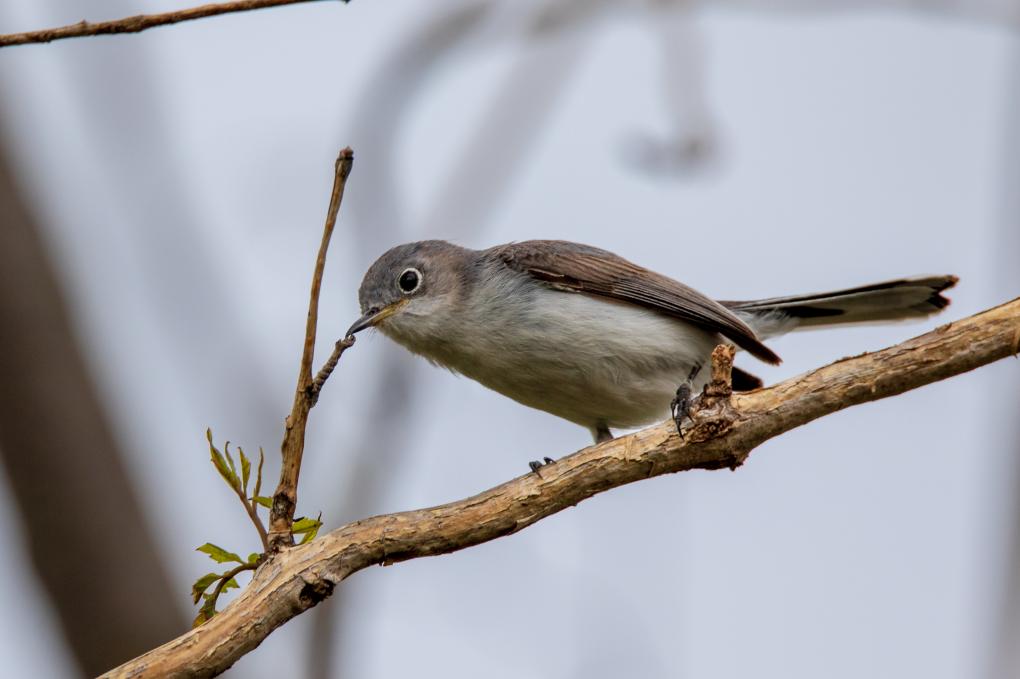
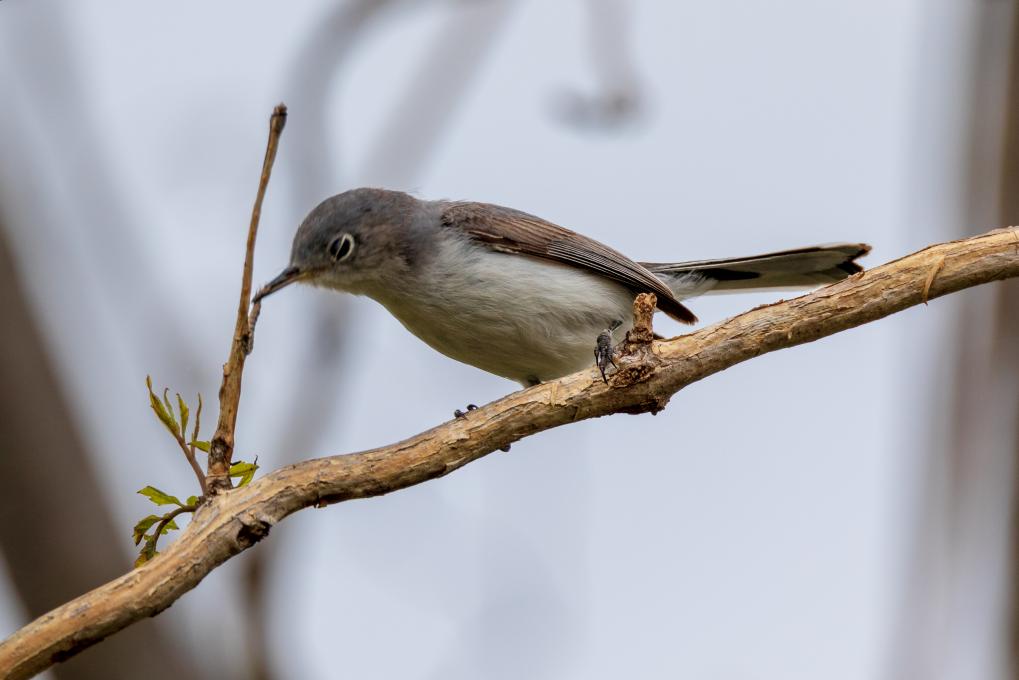
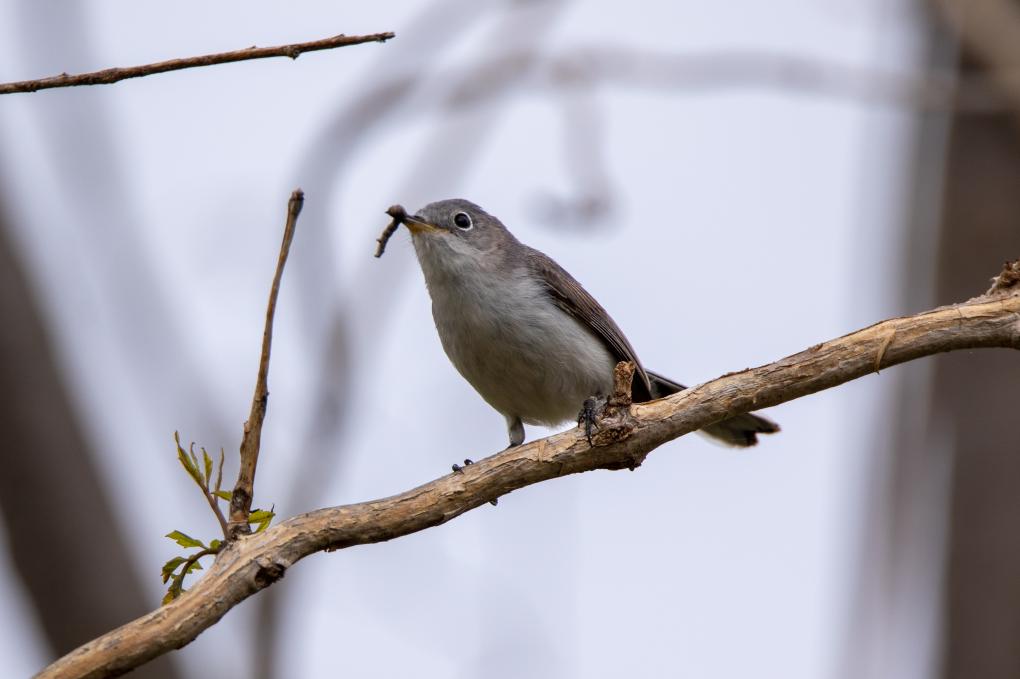 Activity 4: Right now, my favorite bird is the Pied-Billed Grebe. It's a cute bird that at first appearance may be confused for a small duck. Closer inspection shows it to have a shorter and sharper bill with a black ring (in season) vertically crossing both the upper and lower bills. The ones I've seen this year were reddish-brown and their bills were light gray. They have a long neck like a duck but a very understated pointy tail. Unlike ducks, they look very wet when returning from a dive. Unlike most ducks, they completely submerge and stay submerged for some time. They dive for fish and other aquatic animals. I have not been able to hear them make a sound yet. This is the first year I even knew they existed but I am now a very big fan.
Activity 4: Right now, my favorite bird is the Pied-Billed Grebe. It's a cute bird that at first appearance may be confused for a small duck. Closer inspection shows it to have a shorter and sharper bill with a black ring (in season) vertically crossing both the upper and lower bills. The ones I've seen this year were reddish-brown and their bills were light gray. They have a long neck like a duck but a very understated pointy tail. Unlike ducks, they look very wet when returning from a dive. Unlike most ducks, they completely submerge and stay submerged for some time. They dive for fish and other aquatic animals. I have not been able to hear them make a sound yet. This is the first year I even knew they existed but I am now a very big fan. 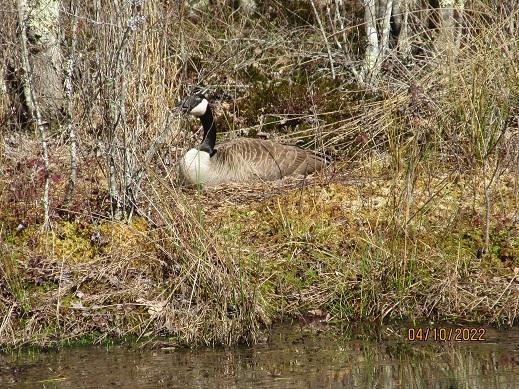
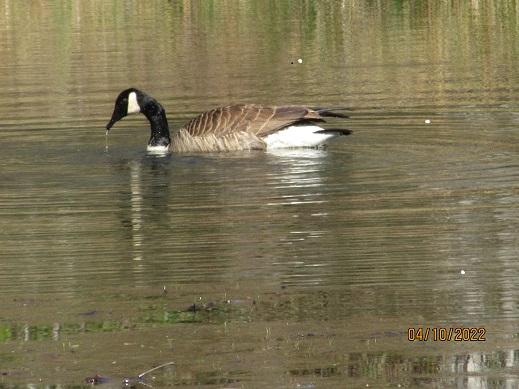
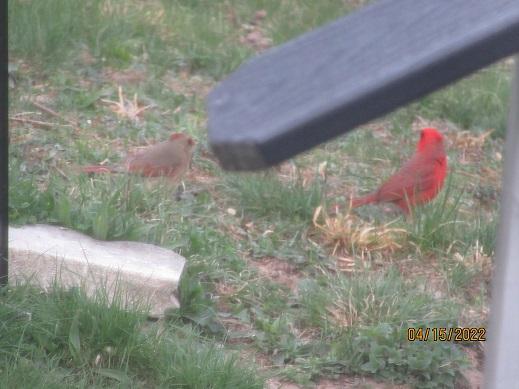
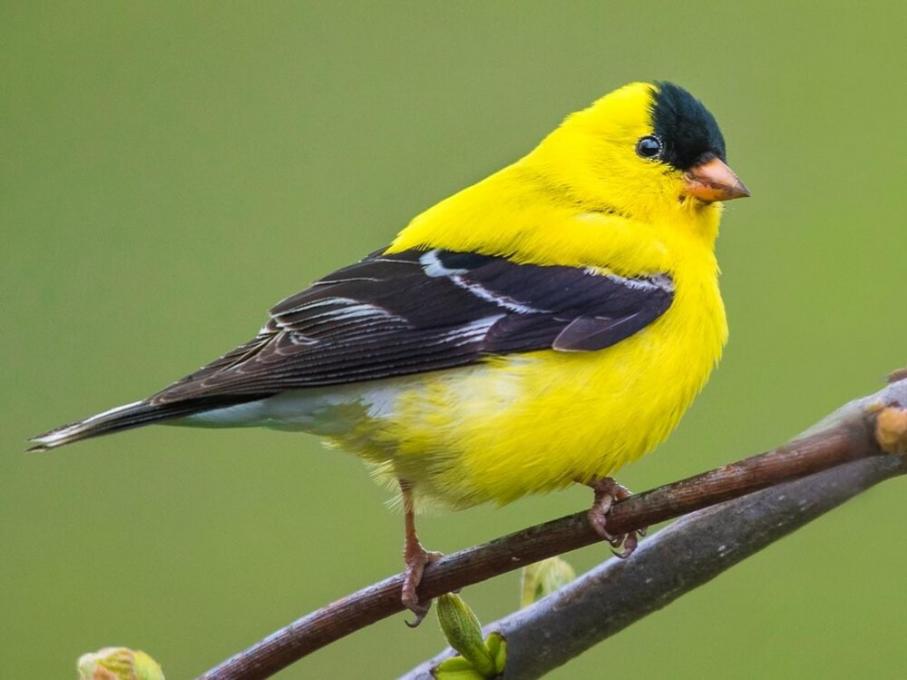
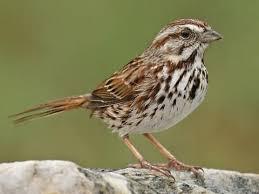

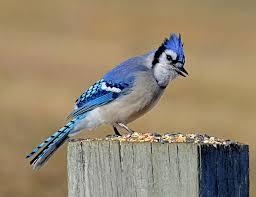
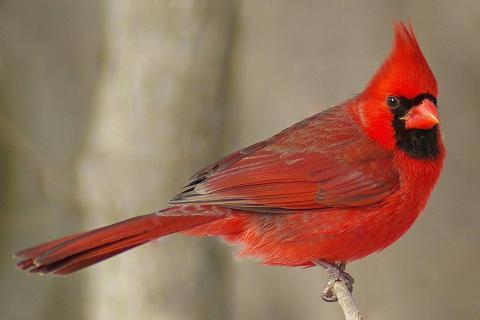

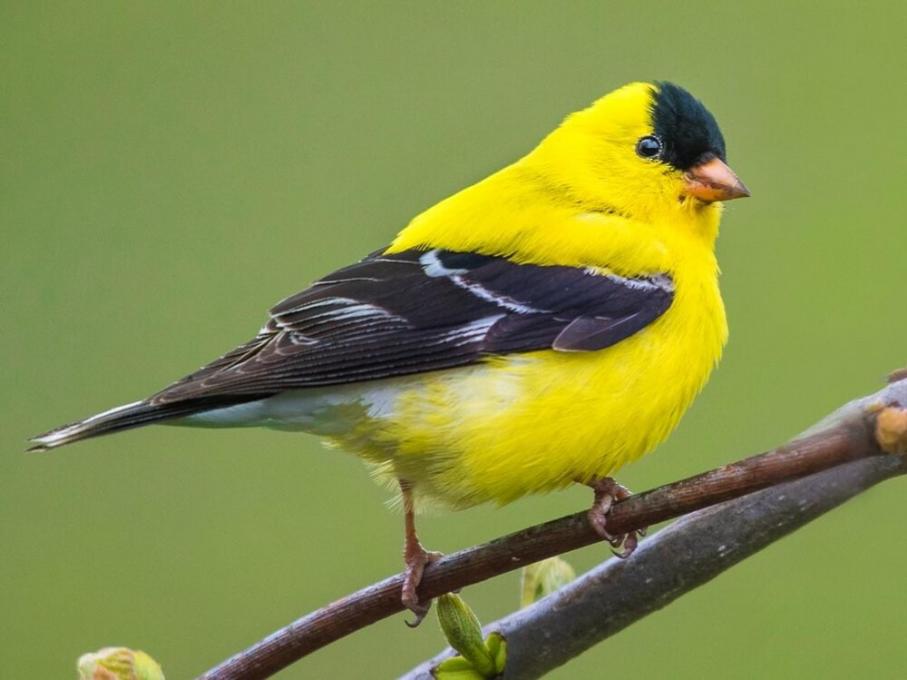
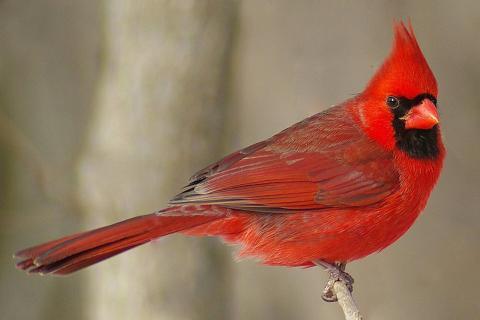
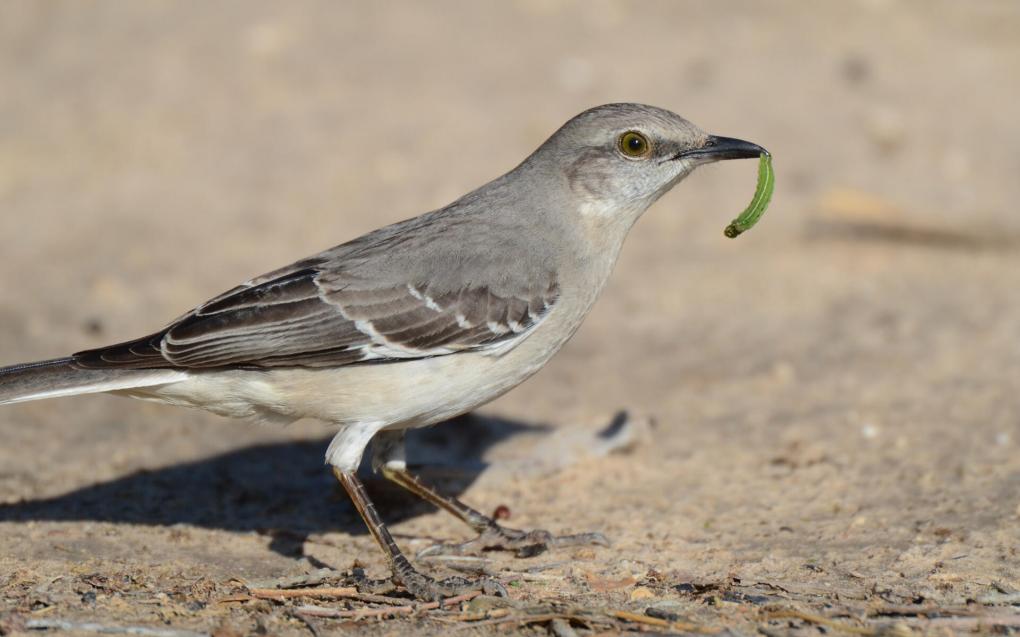
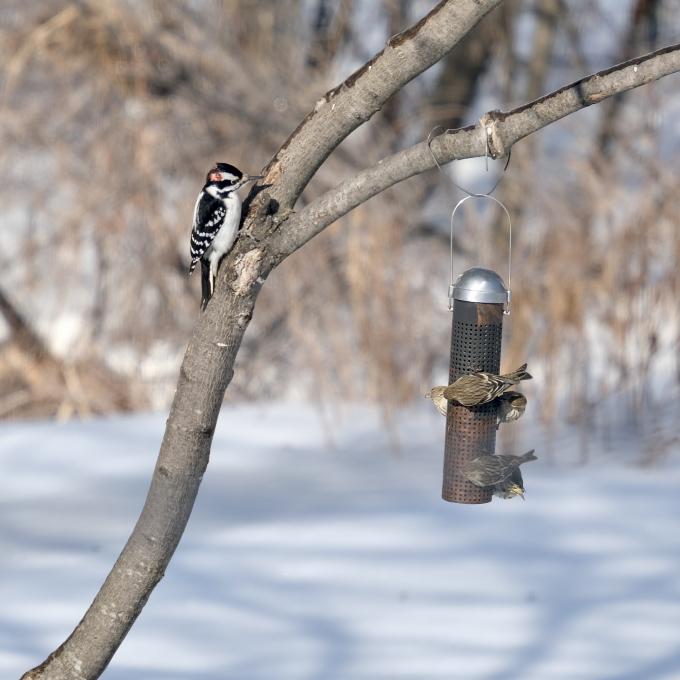
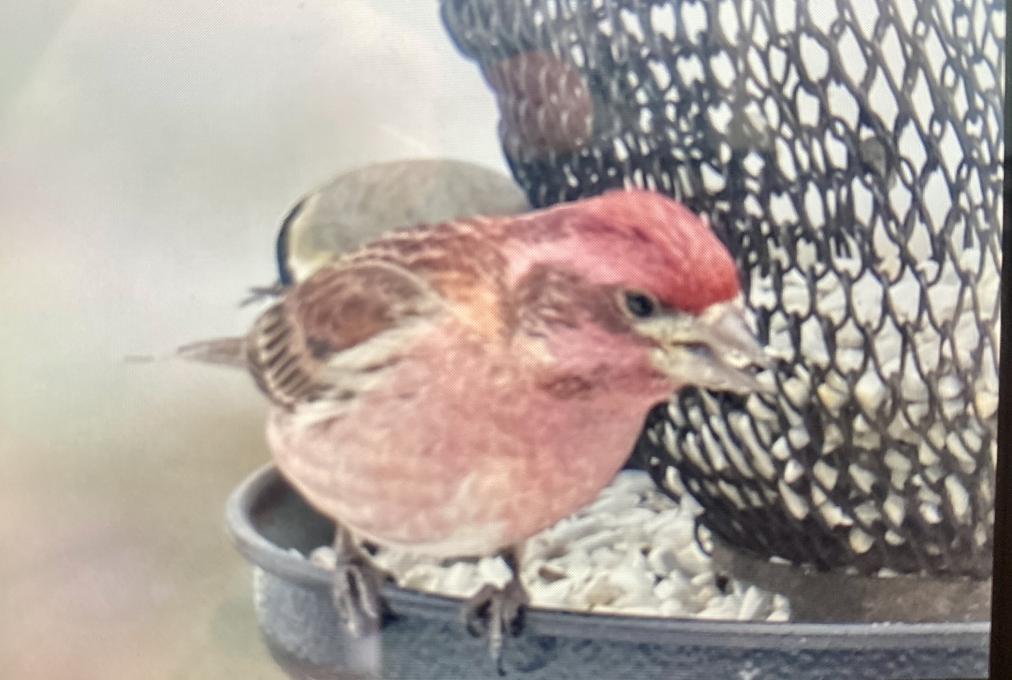
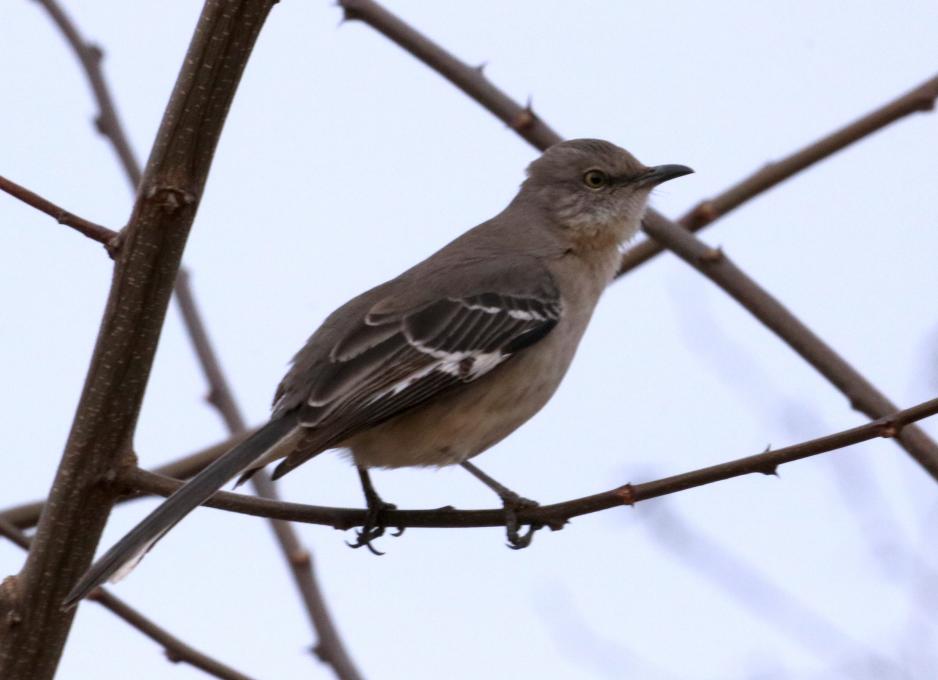 <p style="text-align: left;">Activity 1: Look for two birds you can tell apart by shape.</p>
<p style="text-align: left;">Northern Cardinal.
American Robin.</p>
<p style="text-align: left;">Activity 2: Look for three different birds that have the same colour but on different parts of their body. Red.</p>
<p style="text-align: left;">
Back of the head. Male Downy Woodpecker.
Complete body. Male Northern Cardinal.
Chevron shaped red feathers on the nape of the neck. Northern Flicker.</p>
<p style="text-align: left;">Activity 3: Searching for food.</p>
<p style="text-align: left;">
Chickadee. Takes a seed from the feeder then flies into the burning bush or forsythia to eat it completely before returning to the feeder for another seed.
White-breasted Nuthatch. Comes to the feeder, takes a seed and flies over to the white oak or the red oak to store it or eat it.
White-throated Sparrow forages under the feeder and double scratches through the seeds on the ground. It never flies up to perch and eat on the feeder.</p>
<p style="text-align: left;">Activity 4: Describe your favourite bird.</p>
<p style="text-align: left;">The Northern Cardinal is too easy to identify, but it is a favourite to watch, especially when the male feeds the female. So I will describe a bird I found on a walk in the park that I had never seen before.The park is located on the shore of a lake. It was late in the day, about 5:30 and the sun was going down so the light wasn’t the best. A bird flew into a tree ahead. It had a long tail, a long pointy bill, 2 wing bars and some white patches on its wing. It was about the size of a Robin, but more slender in build. It did not sing. I took photographs of it in the waning light. I found it in my guide book. A Northern Mockingbird.</p>
<p style="text-align: left;">Activity 1: Look for two birds you can tell apart by shape.</p>
<p style="text-align: left;">Northern Cardinal.
American Robin.</p>
<p style="text-align: left;">Activity 2: Look for three different birds that have the same colour but on different parts of their body. Red.</p>
<p style="text-align: left;">
Back of the head. Male Downy Woodpecker.
Complete body. Male Northern Cardinal.
Chevron shaped red feathers on the nape of the neck. Northern Flicker.</p>
<p style="text-align: left;">Activity 3: Searching for food.</p>
<p style="text-align: left;">
Chickadee. Takes a seed from the feeder then flies into the burning bush or forsythia to eat it completely before returning to the feeder for another seed.
White-breasted Nuthatch. Comes to the feeder, takes a seed and flies over to the white oak or the red oak to store it or eat it.
White-throated Sparrow forages under the feeder and double scratches through the seeds on the ground. It never flies up to perch and eat on the feeder.</p>
<p style="text-align: left;">Activity 4: Describe your favourite bird.</p>
<p style="text-align: left;">The Northern Cardinal is too easy to identify, but it is a favourite to watch, especially when the male feeds the female. So I will describe a bird I found on a walk in the park that I had never seen before.The park is located on the shore of a lake. It was late in the day, about 5:30 and the sun was going down so the light wasn’t the best. A bird flew into a tree ahead. It had a long tail, a long pointy bill, 2 wing bars and some white patches on its wing. It was about the size of a Robin, but more slender in build. It did not sing. I took photographs of it in the waning light. I found it in my guide book. A Northern Mockingbird.</p> 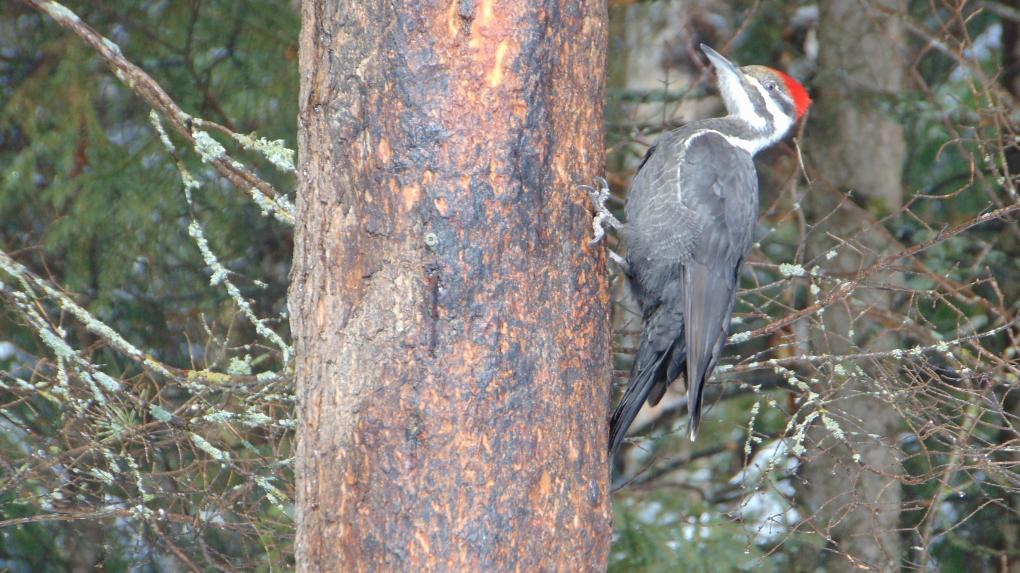
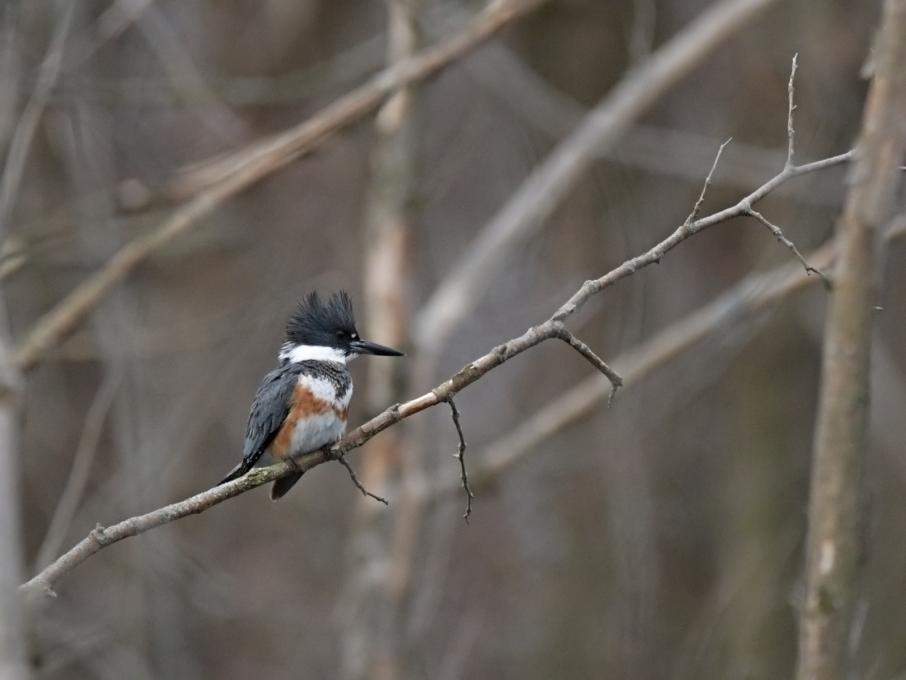
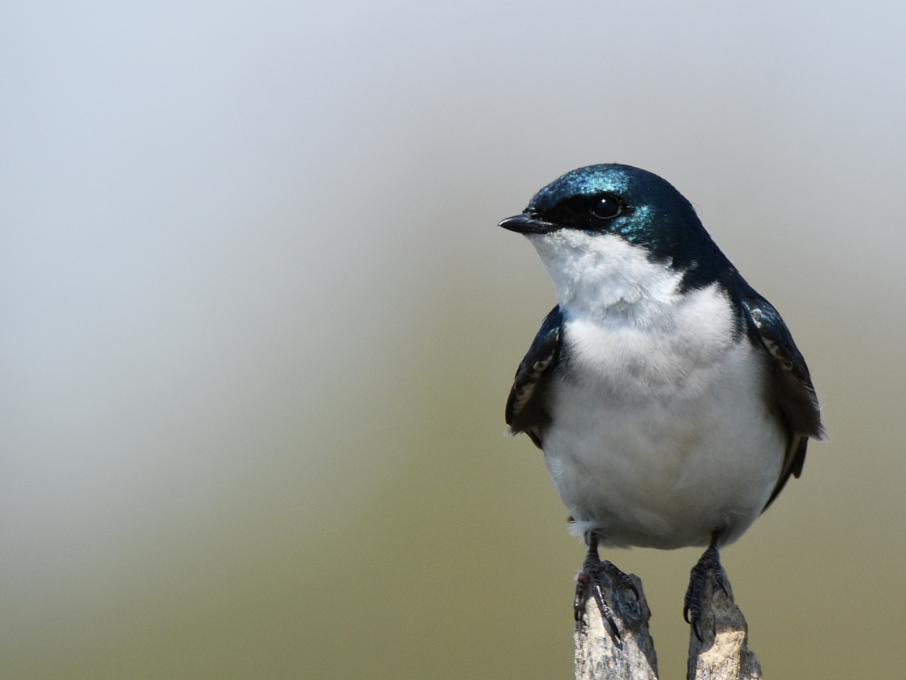
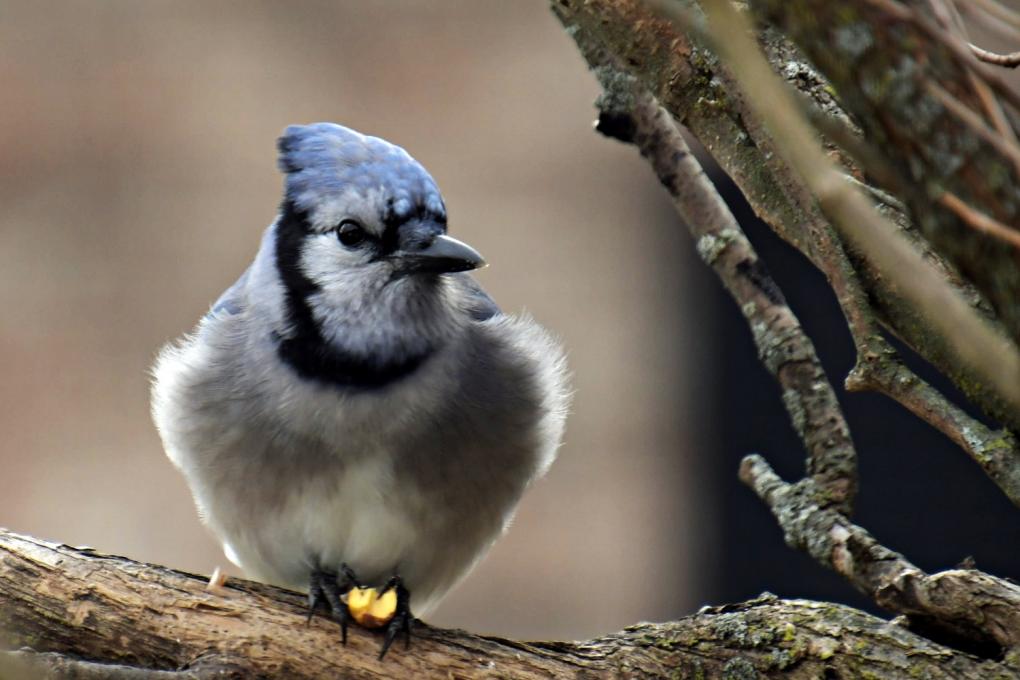 Belted Kingfisher, Tree Swallow,and Bluejay
Belted Kingfisher, Tree Swallow,and Bluejay 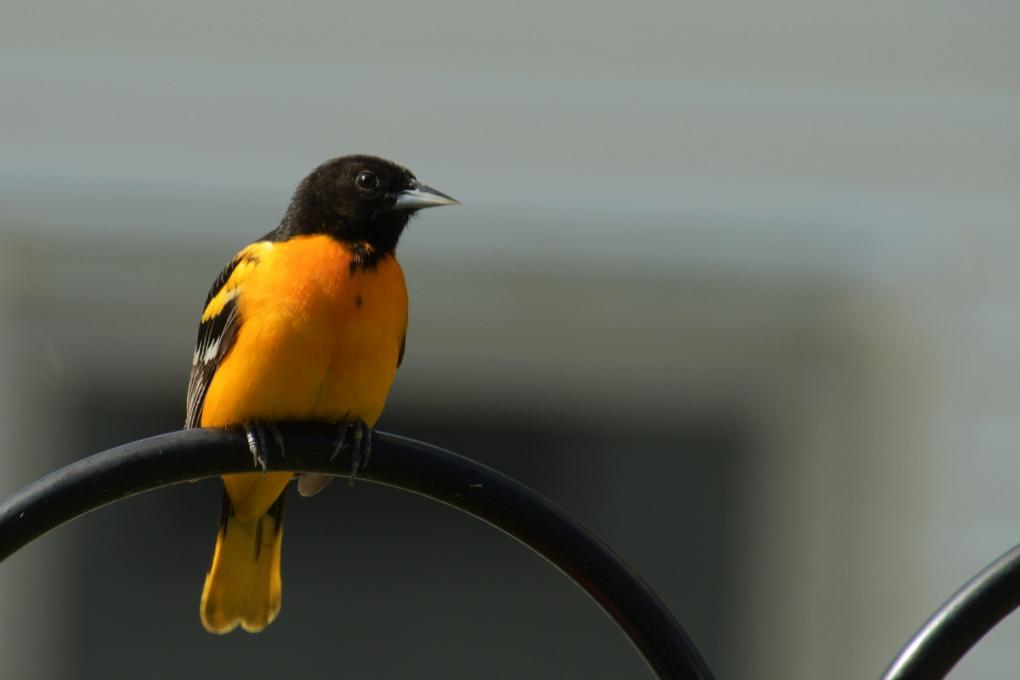 House Finch
House Finch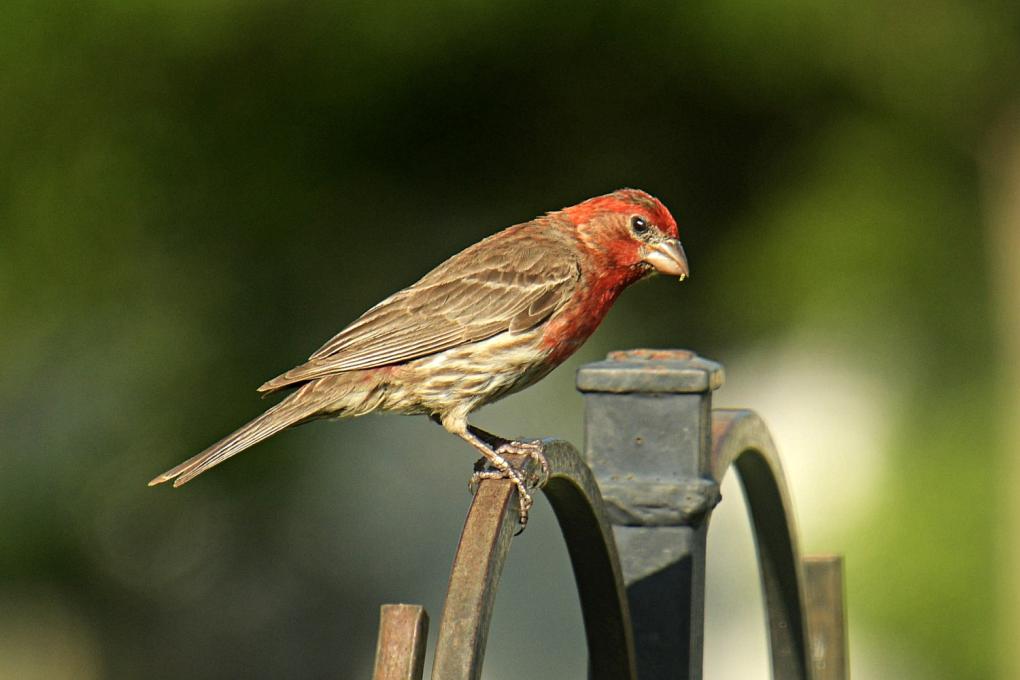
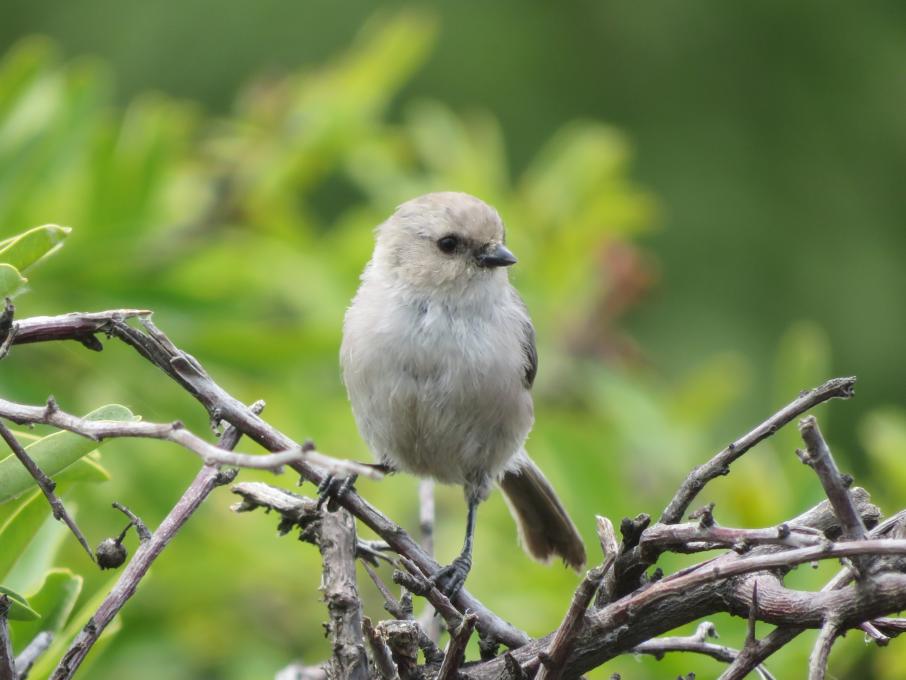
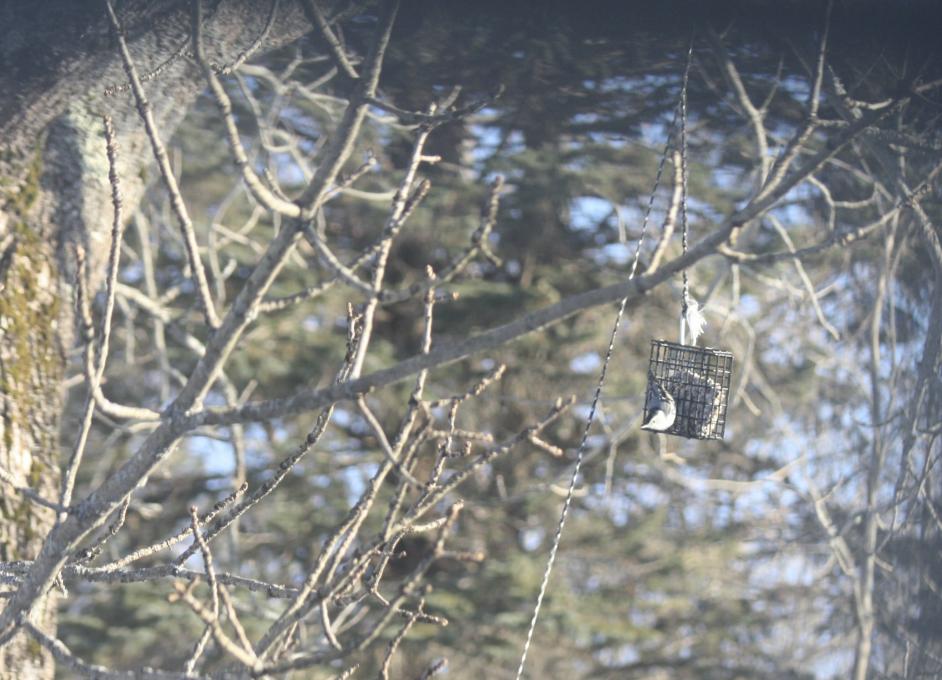 #1 - Northern Cardinal and Black-capped Chickadee
#2 - 3 birds with similar colour (black/white) but in different body areas - Black-capped Chickadee, White breasted Nuthatch, Downy Woodpecker
#3 - Chickadees flit rapidly on and off feeder and chase each other off. Nuthatch moves quickly down tree trunk, head first and is head-down on the feeder. Woodpecker settles on suet block for 5 minutes or so at a time and feeds from multiple angles
#4 - White breasted nuthatch - size and shape similar to chickadee, no black throat or eyestripe, head down on tree trunk or feeder
#1 - Northern Cardinal and Black-capped Chickadee
#2 - 3 birds with similar colour (black/white) but in different body areas - Black-capped Chickadee, White breasted Nuthatch, Downy Woodpecker
#3 - Chickadees flit rapidly on and off feeder and chase each other off. Nuthatch moves quickly down tree trunk, head first and is head-down on the feeder. Woodpecker settles on suet block for 5 minutes or so at a time and feeds from multiple angles
#4 - White breasted nuthatch - size and shape similar to chickadee, no black throat or eyestripe, head down on tree trunk or feeder